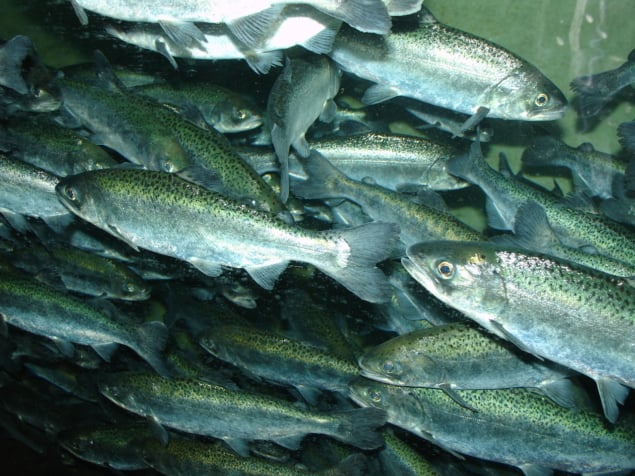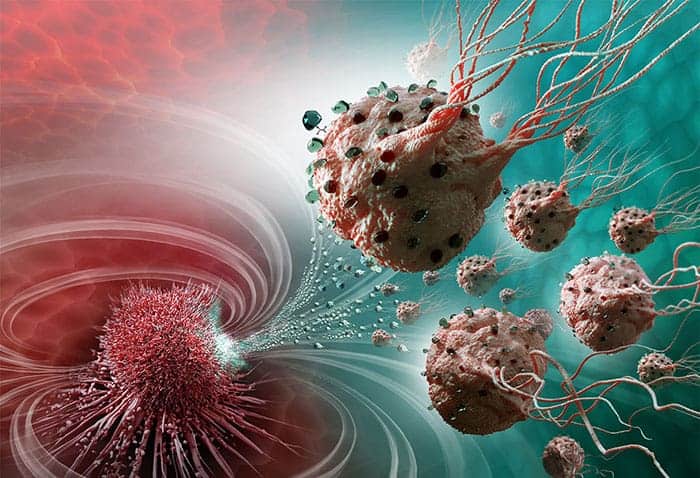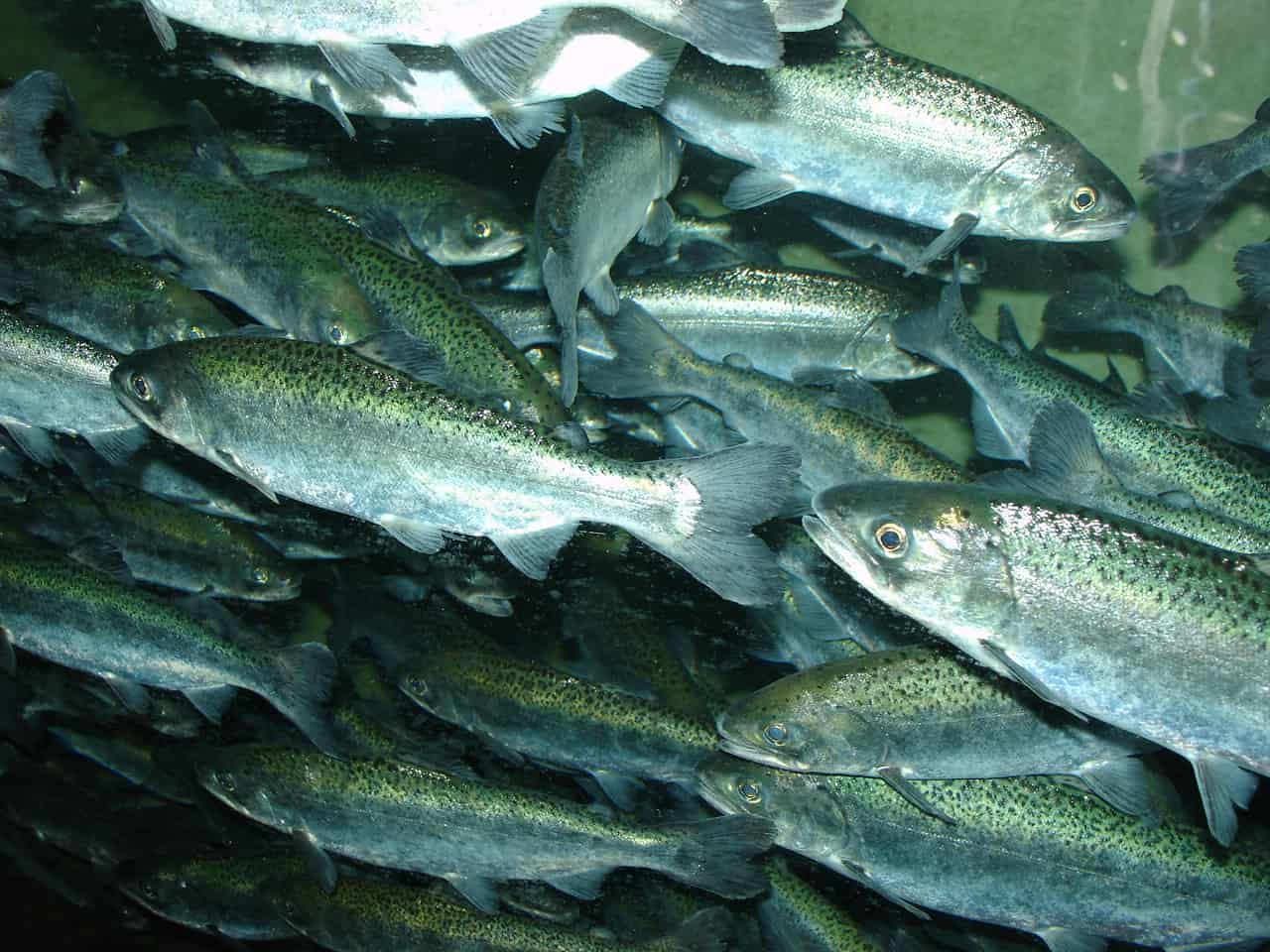
Tiny crystals of iron-based magnetite have been found in specialized receptor cells in the noses of salmon, suggesting that the crystals are used by the fish to navigate using Earth’s magnetic field. The research was done by an international team of scientists who have also discovered a possible evolutionary link between the magnetic sensory mechanisms of animals and magnetotactic bacteria, which contain tiny “compass needles”.
Salmon hatch in rivers, where they spend a year or so before migrating to the sea – returning as adults to their riverbed of birth to spawn. This migration can extend over thousands of kilometres and studies in which young salmon were exposed to magnetic fields suggest that the fish use an internal compass to navigate.
Some other animals also respond to magnetic fields and scientists believe that this could be related to magnetite, which is present in some organisms. However, a specific magnetite receptor has not been found in animals – and how animals sense Earth’s magnetic field remains a mystery.
Force microscopy
Now, Renee Bellinger at Oregon State University and colleagues used a combination of techniques to find magnetite crystals in salmon cells taken from nose tissue. First, they probed the cells using ferromagnetic resonance – which measures the coupling between electromagnetic waves and the magnetization of a substance. Then they used a combination of atomic and magnetic force microscopy – which each involve probing biological samples with a tiny mechanical cantilever – to create extremely high-resolution images of the cells and magnetic structures they contain.
The team discovered that magnetite within the salmon cells exists in compact, egg-shaped clusters. Each of these clusters measures around 200–300 nm in diameter, and contains roughly 100–200 individual crystals.
The growth of crystals inside living cells is called biomineralization and magnetotactic bacteria grow chains of magnetite crystals. The bacteria use these tiny “compass needles” to orient themselves with respect to Earth’s magnetic, possibly to move to regions of optimal oxygen content.

Magnetic bacteria target hard-to-treat tumours
Through subsequent genetic analysis, Bellinger’s team discovered that the biomineralization genes expressed in salmon receptor cells were like those found in bacteria containing magnetite. This, they say, suggests that several billion years ago a magnetite-containing bacteria may have been incorporated into a more complex organism in a process called endosymbiosis – creating a distant ancestor of the salmon.
As well as boosting our understanding of magnetic sensing in animals, knowing how wild salmon navigate could help with their conservation. The researchers also say that knowing how magnetite is used in navigation could lead to the development of medical treatments that are targeted to specific parts of the body using magnetic fields and could also lead to the creation of new and compact navigation technologies.
The research is described in the Proceedings of the National Academy of Sciences
